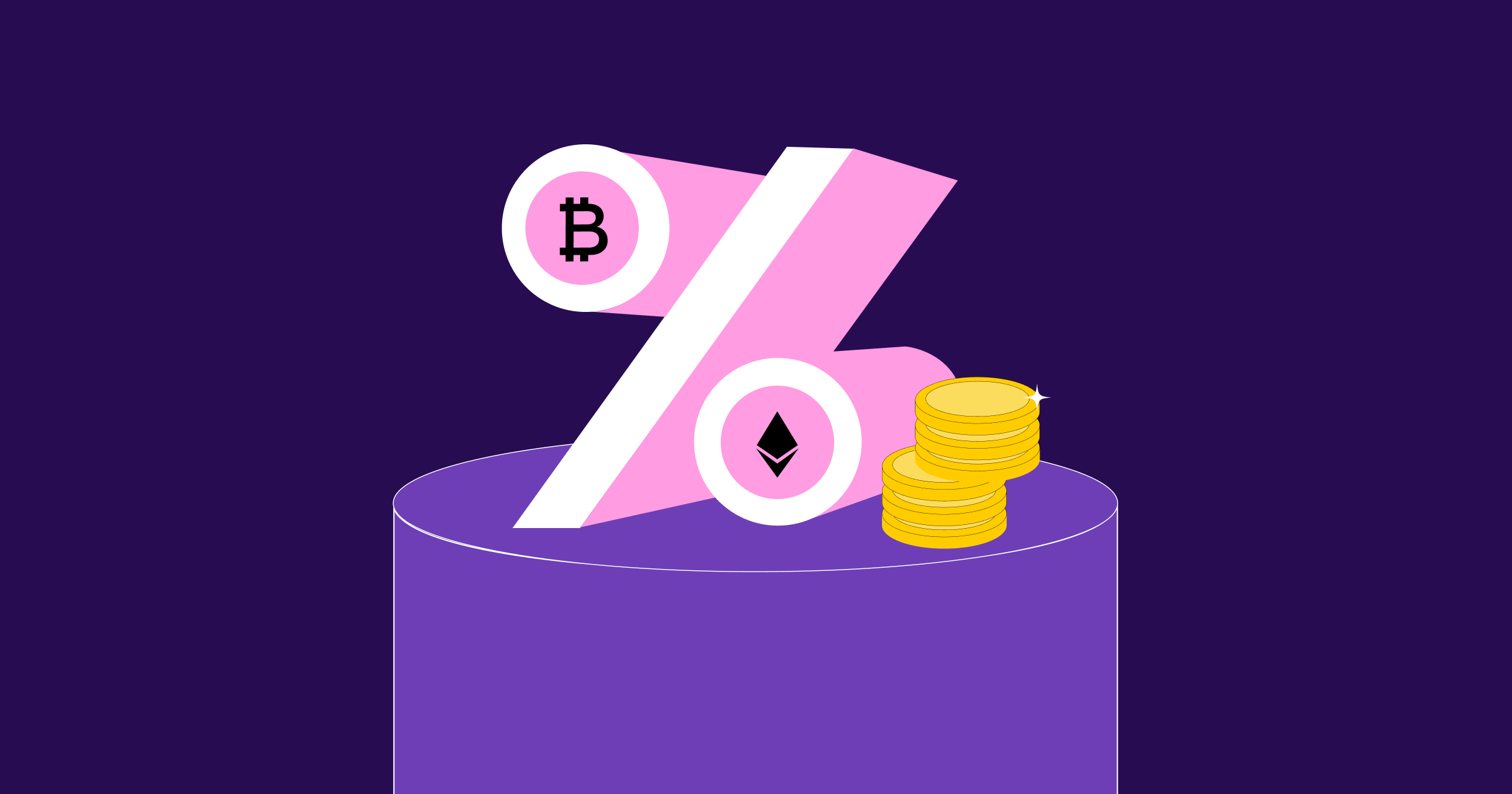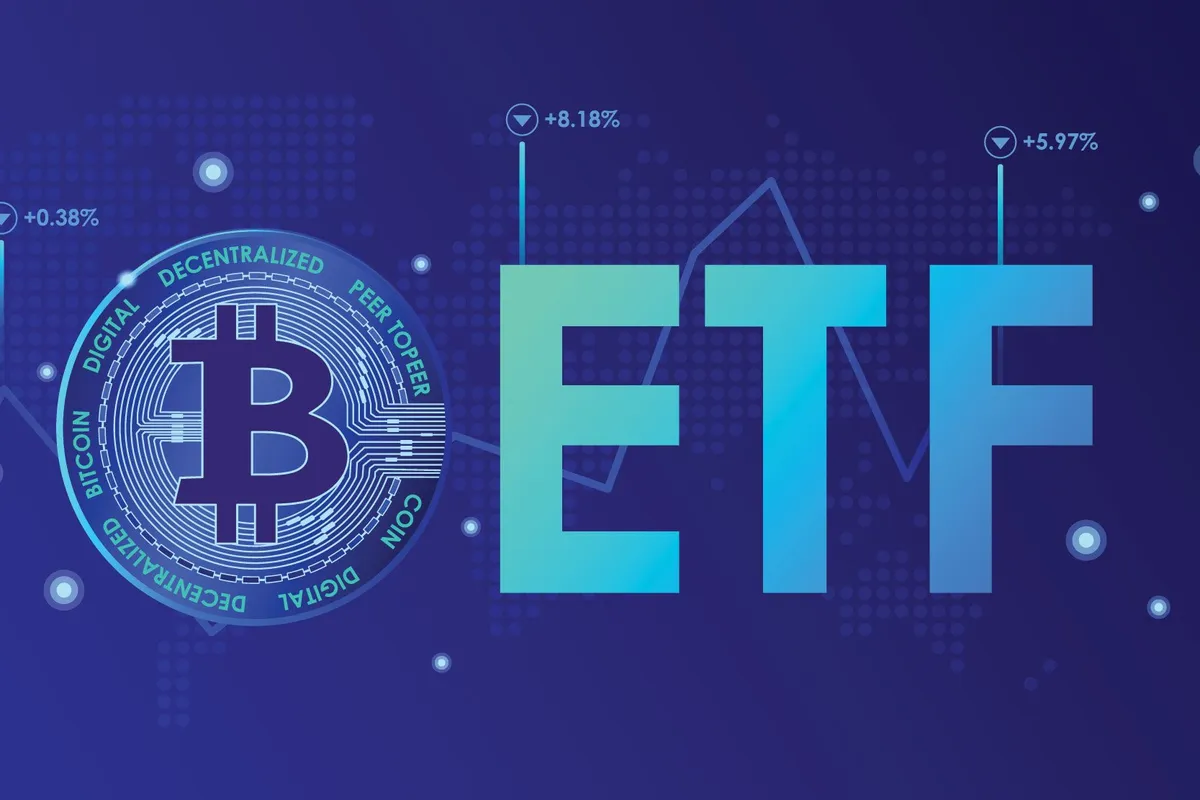Think high crypto APYs are free money? The hidden risks and volatile realities behind dazzling returns might change your entire strategy.
What is APY in Cryptocurrency?
In the world of cryptocurrency, you often hear about APY. It stands for Annual Percentage Yield. Simply put, it’s the percentage you earn on your crypto investments over a year, including the effect of compounding. But wait—before you imagine stacking cash like Scrooge McDuck, let’s dig into what this really means in crypto, especially staking and decentralized finance (DeFi) lending.
“APY is the total return on an investment expressed annually, factoring in compound interest.”
That definition, from the Investopedia team—though not crypto-specific—helps us get started.
In crypto, APY isn’t just some static number on a savings account. It’s a dynamic beast. When you stake your coins or lend them through DeFi protocols, you earn rewards multiple times throughout the year, not just once. That’s why APY includes compounding—the magic that boosts your earnings by reinvesting the rewards you get, over and over.
So how does compounding actually work in crypto?
Imagine staking 100 coins at 10% APY. Without compounding, you’d earn 10 coins after one year. Sounds simple. But with compounding, those rewards get added back into your stake regularly, so next time, you earn interest on 110 coins instead of just 100. This keeps snowballing, and before you know it, you’re earning interest on your interest.
DeFi lending platforms pump out APY rates that sometimes look way too good to be true—because they often come with fast compounding cycles, like daily or even hourly. You might see an APY of 50% or more, but understand that these figures come with big caveats.
“High APYs in crypto can be misleading and often involve higher risks, including market volatility and platform vulnerabilities.”
That warning comes from CoinDesk, a leading blockchain news source. It’s nobody’s secret that a juicy APY often equals juicy risk. You might get those amazing returns, but you could also lose your principal due to hacks, smart contract failures, or price crashes.
What influences the APY you see advertised?
- Compounding Frequency: The more often your rewards are added back, the higher the APY gets. Daily compounding beats monthly compounding, obviously.
- Token Volatility: Since many rewards pay out in volatile tokens, the real value of your earnings can drastically rise or fall.
- Protocol Rules: Each staking or lending platform has different rules for reward distribution and lock-up periods that affect your actual yield.
- Market Conditions: During bullish runs, APYs can shoot up as more users join and liquidity flows. But it can also tank fast.
Blockchains like Ethereum and protocols like Aave or Compound have popularized DeFi lending. They publicly share APYs, but these numbers fluctuate a lot. According to Blockchain.com, understanding the difference between APY and APR (Annual Percentage Rate) is key. APR doesn’t include compounding, so an APR of 10% might actually deliver an 10.47% APY if compounded monthly.
In plain terms: APY tells you what you’re actually making over a year, assuming compounding, while APR is more basic, like simple interest.
Here’s some cold, hard truth: Advertised APYs in crypto often come from ideal conditions. Platforms show the best-case scenario—active markets, no crashes, zero downtime. Reality? Far messier. Those crazy-high numbers fade quickly when you account for fees, taxes, and the chance the platform might vanish.
If you’re diving into crypto APYs, keep your eyes wide open. They can be a helpful way to compare platforms, but don’t take them at face value without digging deeper. Your returns depend on several shifting factors that no rate can guarantee.





